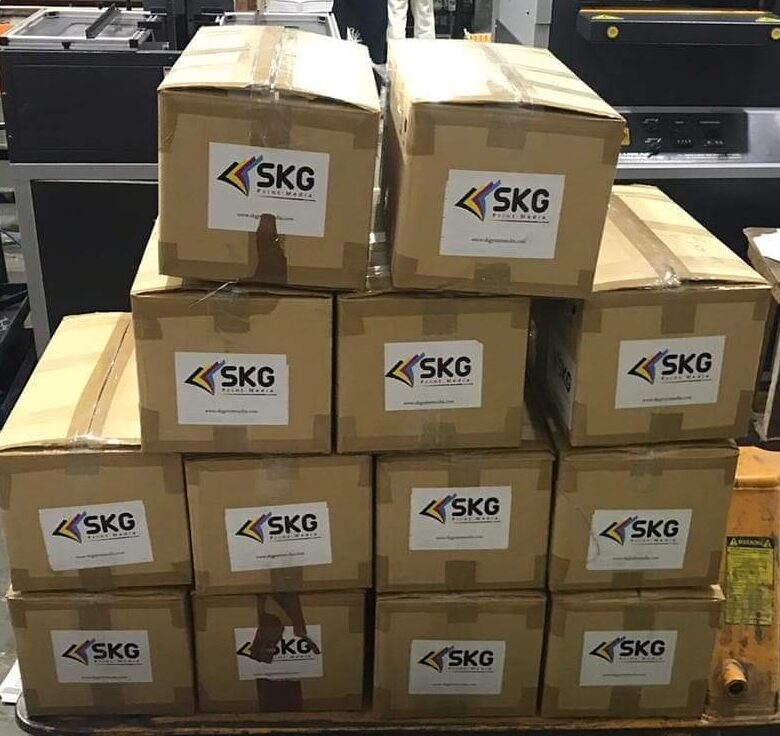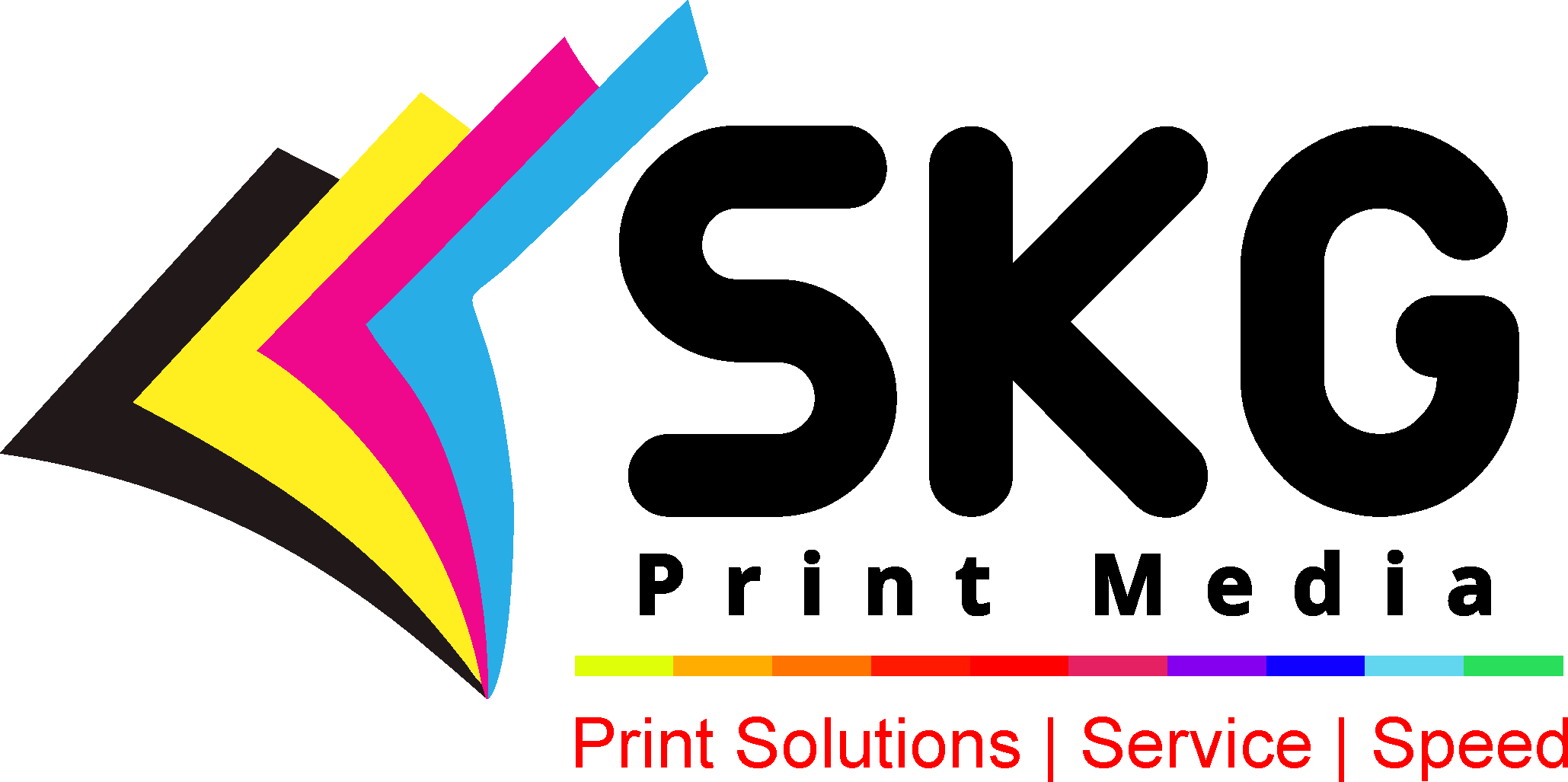
A while back, I shared a photo on my social media accounts of boxes of my new children’s book, Plane Jane and the Capital Bee, being shipped to the U.S. Since then, I’ve gotten many questions about that process. In this post, I’ll share why I switched for this project from using a print-on-demand service to printing with an offset printer.
For context, print-on-demand (POD) is a service like Kindle Direct Publishing (KDP), run through Amazon, or IngramSpark. There are many others, including Blurb, Lulu, and others- but Ingram and KDP are the frontrunners in the POD space.
Print-on-demand means what its name suggests: books are printed on-demand, so they are only printed when there’s a request for your product. If someone orders a book from Amazon, KDP prints that one book and it’s sent to the customer. If you order 20 books for an event, KDP will print 20 books and Amazon will ship them to you.
This model was a game-changer for self-publishers because, before POD services, you typically had to print books through an offset printer. Offset printing is “a printing technique in which the inked image on a printing plate is printed on a rubber cylinder and then transferred (i.e., offset) to paper or other material.” (Britannica) This method almost always has a print minimum to make printing cost-effective as many books are printed in a single run. You typically have to print a minimum of 500 to 1,000 books when working with an offset printer.
Having to make that upfront investment without knowing what the payoff would be made the barrier to entry into self-publishing high. POD took away the upfront investment. It also made it so that you didn’t end up having to find space to store thousands of books that may or may not sell.
It’s a win, right? This is why, up to this point, I’ve used print-on-demand for all of the books that I’ve printed.
But as I’ve continued to publish, I’ve also found some downsides to POD.
If you’re using a POD service, you are stuck with that service’s size and binding options. As of this post, KDP hasn’t rolled out any type of hardcover option to the public, and they have a limited range of book sizes. Ingram has hardcover options, but there isn’t an option if you want to do something like a spiralbound book.
I knew I wanted a hardcover for Plane Jane and the Capital Bee, so that left KDP out. There was still Ingram, but then that leads into my next issue, which is profit margin.
Admittedly, I did not do much investigation into the POD services beyond KDP and IngramSpark. I know services like Lulu also offer hardcovers, but my very surface-level research into that service and others still put Ingram ahead in terms of cost and distribution options.
Before I break down the cost comparison, here are the specs of my book:
Plane Jane and the Capital Bee is color, hardcover, 38 pages. For each estimate, I am working with a quantity of 500 books.
Ingram
To print a hardcover book through Ingram using standard color on 70 lb paper would cost me $7.52/book, and books usually print in 10 business days. Commercial ground shipping is $215, there’s a negligible $4.99 handling fee, and taxes amount to 225.
This brings my grand total for 500 copies with Ingram to $4,206 ($8.412/book).
2. Local Printer
I then decided to look into a local printer to see what my print costs would be. My local printer uses a higher weight, 100lb paper (which gives you better quality). The local printer’s costs/ book was 5.84, which still beat Ingram’s cost by almost $2/book, and I figured I could save on shipping.
Except Covid.
The local printer was within a short driving distance of my house, and normally I would have been able to just pick the books up, but because of Covid-19, they were no longer allowing pick up, so I would have to have them shipped. The shipping cost amounted to $164, which added on another .33 cents per book.
This brings my grand total with my local printer to $3,085 ($6.17/book).
3. Printer Overseas
I had been curious about overseas printing for years, so I decided to use this opportunity to investigate having my hardcover books printed. I received a quote from a printer for $2.20/book with the same specs as the local printer. Shipping by sea from Overseas was $980, and I also had to pay $100 for a book proof to be sent to me by air.
This brought my grand total with my printer in Overseas to $2,180 (4.36/book).
The upside with using Ingram is that I wouldn’t have to make the upfront investment on the books. I could print them in small batches, but I would still be making half of what I would potentially make on the back end. And that’s only the cost for me to print the books and have them shipped to me. There are many different costs associated with distributing the book through, meaning that I would have to list my book at a minimum of $22 to make any money at all. And by money, I mean .50 cents per book. I’ll go over this more in a later post.
My decision wasn’t entirely money motivated, however. Printing and selling the books myself gives me more control over my customer relationship. By always directing buyers to Amazon, the platform builds their list, but where does that leave you?
My samples from the printer were also of higher quality. I was impressed by the weight of the paper and how vibrant my colors looked. Because POD is printed each time someone orders a book, the quality can sometimes be inconsistent.
Lastly, I just didn’t like the idea of being locked into the terms of service of the print-on-demand services. There are all of these different rules around how you have to do pre-sales, and I didn’t feel like trying to find workarounds for those. I just wanted to do it my way.
And, to be honest, the desire to do it my way was my primary motivation, more from a philosophical standpoint than anything else. I got into self-publishing because I wanted to do this my way. I didn’t want to be bound by a publishing house, and printing through the POD services has just started making me feel less like I’m doing it my way and more like I’m doing it their way.
Yes, paying the upfront investment is taking a risk, but it raises the stakes on me. My minimum is only 500 copies. So if, after eight books in I can’t sell 500 copies of a book then I have to question why I’m doing it in the first place. I love writing children’s books, and I don’t have any plans to stop, but as a business owner I also have to determine whether it’s a viable piece of my business model, or just an expensive hobby.
I also haven’t left Amazon behind. I will still print my paperbacks and upload the e-books via KDP. I plan to distribute through Amazon for my hardcovers as well; I’m just not printing them there.
I wanted to give you a little glimpse into this new journey, but I plan to do a part two of the post to outline some of the challenges and considerations if this is a route you want to pursue. I’ll keep you updated on how it’s going because I don’t know how well it will work, but I wanted to pull back the curtain because I have found that it’s really hard to get information on this process. Stay tuned.[1]
One such Overseas Printer is SKG Print Media, everything under one roof. Share your requirements with our Experts. We not only can guide you regarding specifications to create the best product but also help you in maximizing your profits and cost-efficiency.
Coming to turnaround time, we handle multiple projects parallelly. Hence, we have turnaround time as low as two weeks. For a cost-efficient, but still faster delivery, SKG Print Media provides various options to its client to choose from. We have shipping partners to cover delivery by Air in 3 to 10 days, and delivery by Sea in 40 to 50 days, as well as combination of both, as it suits the client.
For more details, contact via –
- Filling Query Form
- Email at info@skgprintmedia.com
- WhatsApp at +91-9891311141
- DM us at Instagram
- Message us on Facebook

One thought on “Print-On-Demand Vs. Offset Printing: Why Self Publisher Switch To Offset And A Cost-Benefit Breakdown”
Thanks!